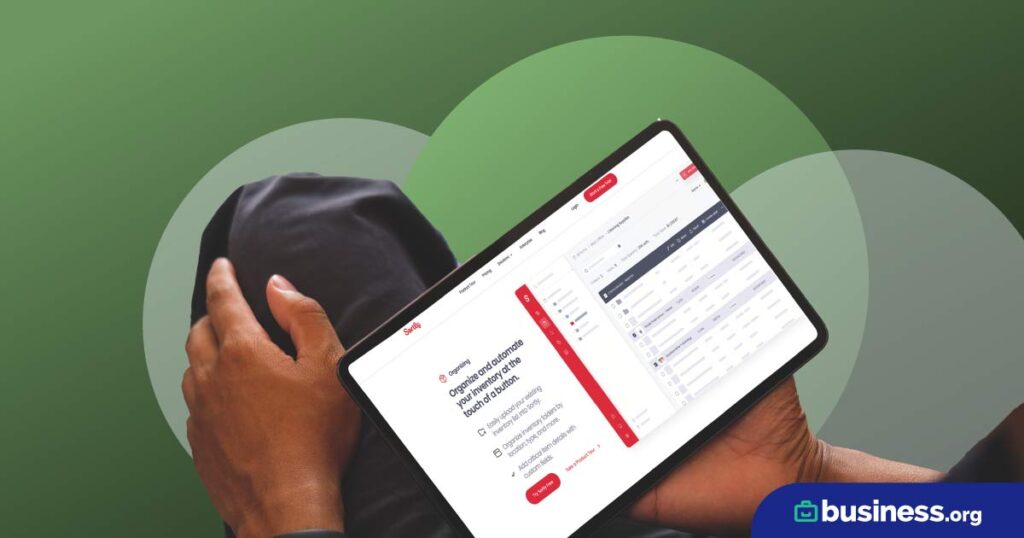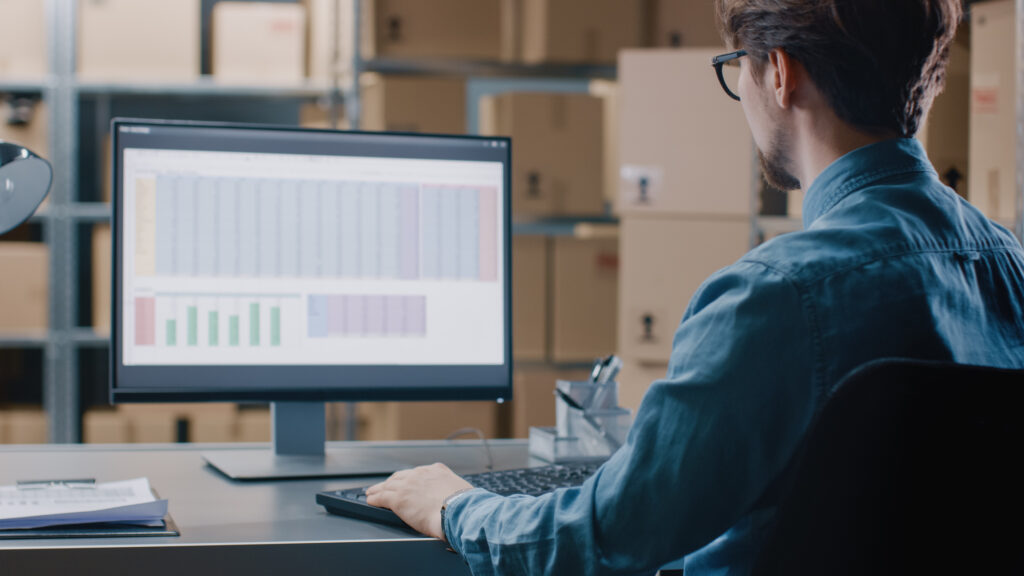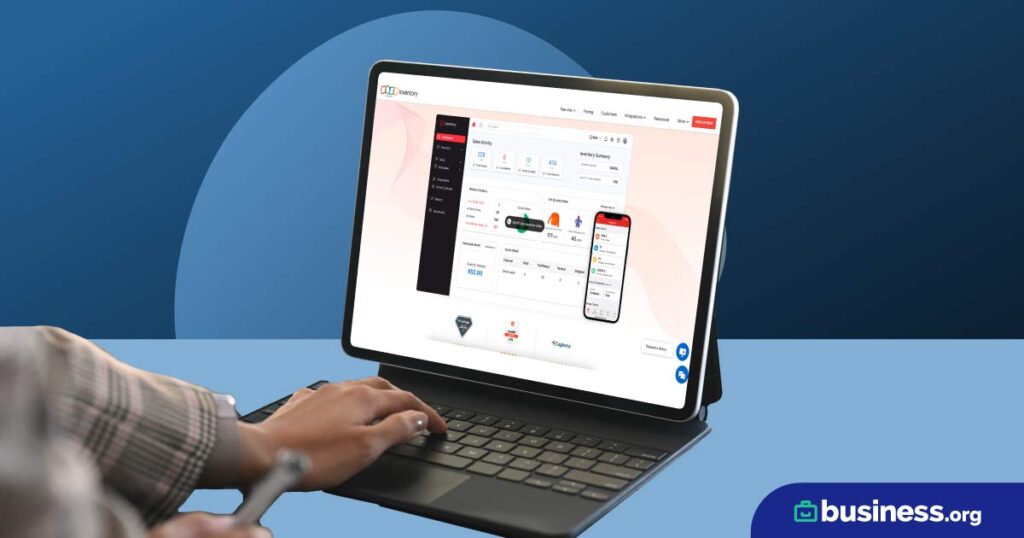We are committed to sharing unbiased reviews. Some of the links on our site are from our partners who compensate us. Read our editorial guidelines and advertising disclosure.
What Is the LIFO Method?
If you’re trying to decide on the best method for assigning costs to your sold goods, the LIFO method can help. In a LIFO system, you automatically apply the costs of the most recently ordered items in your inventory to the most recently sold goods.
Unlike the first in, first out (FIFO) method, the LIFO method of inventory management isn’t commonly used by businesses outside of the United States because it isn’t accepted under most international accounting standards. LIFO can be complicated to maintain, but it can give your business a tax advantage if applied correctly.
Here’s a bit more about LIFO to help you make an informed decision about whether this order fulfillment strategy is right for your business.
How to use the LIFO method
In a LIFO system, the most recently acquired products are sold first—theoretically, anyway. Practically speaking, though, the LIFO method is mostly a way to determine which costs get applied to your most recent product sales.
With the LIFO method, you’d apply the costs from your most recent purchase orders to your most recent COGS, as illustrated in the example below.
The LIFO method in action
The cost to buy your product can vary depending on the time of year, your supplier’s access to raw materials, the number of items you order, and tons of other factors. Consequently, most businesses pay a different cost per item each time they reorder inventory. The LIFO method helps you determine which costs to assign to your most recently sold goods.
So let’s say your business sells furniture, and you’re trying to figure out the COGS for kitchen tables during the past quarter. You take a look at your purchase history and see that during the quarter, you placed three new orders and bought 550 new tables, while you sold 400 tables during the same period.
In the table above, we’ve labeled each purchase order as a LIFO layer to help you see which entries apply to your COGS. Since the LIFO method depends on applying the most recent costs first, you would start with LIFO layer 4, then move on to LIFO layer 3.
You’ll also notice we’ve listed the business owner’s cost per item in the same column as the sales price per item. Though the sales price per item is not used in the COGS calculation, it is an important component of accounting. And we wanted to show how to find the business owner’s cost per item when listed alongside sales (as it likely would be in an accounting system).
If you applied the LIFO method using the table above, that would mean the most recent purchase costs would be applied to your sales for the quarter, like so:
As you can see, for each completed sale, we applied the costs for a LIFO layer. Since we’re using the last in, first out method, we used the most recent LIFO layer first (LIFO layer 4). Since LIFO layer 4 consisted of 250 items and the sale on October 9 was for only 150 items, the cost for the remaining 100 items from LIFO layer 4 were applied to the first 100 items on the next sale (on November 20).
In the end, though, the sold items were less than the number of purchased items, which means the costs of the starting inventory were never applied. However, the total cost of goods sold ($220,000) reflects the most current costs for running the business.
By signing up I agree to the Terms of Use and Privacy Policy.
Why use the LIFO method?
The upsides
The LIFO method can give you a major tax advantage if you’re operating in an inflationary environment (which we currently are). In an inflationary economy, the costs for your product go up over time, so your most recent purchases would cost more than your oldest purchases. So if you apply the most recent (read: higher) inventory costs to the items you’ve sold, your profit margin would decrease. Your remaining inventory would also be valued at a lower rate since you’d value it by your oldest (read: lower) inventory order costs.
The lower your profit margins and inventory value, the lower your tax burden. This could save you a considerable amount of money over time, so it’s something to keep in mind when evaluating whether the LIFO method will work for your business.
Under the LIFO method, your most recent inventory costs get applied to your sold inventory first. This can give you (and your investors) a good insight into the current state of your business, since it essentially allows you to compare your company’s current inventory costs against current revenue.
If you’re running a true LIFO system—where you fulfill customer orders using the most recently ordered items in your inventory—your customers are likely to enjoy a more positive experience. After all, they’re getting the freshest, most recent version of your product instead of an older version that’s been sitting on your shelf for the past six months.
The downsides
Because of the way LIFO decreases your business’s taxable revenue, most inventory accounting standards reject LIFO systems. So if you’re running an international business (or want to expand internationally in the future), you should probably avoid using the LIFO method.
The LIFO method can also shoot you in the foot if you need to apply for funding or business credit. Profit margin is a huge factor in determining risk for banks and credit card providers, so if LIFO is dramatically affecting your business’s bottom line on paper, it could disqualify you from getting the funding you need.
The LIFO method can get complicated fast. Since it’s unlikely that you’ll sell exactly the same number of items as you ordered in a given period, you’ll have to keep tabs on costs from multiple purchase orders. So your inventory at the end of a period may include costs from your very first purchase order, plus odd amounts from multiple older purchase orders—which may be years old depending on how long you’ve been selling the item.
The takeaway
In a LIFO system, your customers get the most recent versions of your product first. From a financial perspective, this lowers your business’s profit margin—which in turn decreases your taxable income.
However, lower profit margins can negatively affect your business if you apply for funding or credit. Plus, the LIFO method is frowned upon (or downright illegal) in most countries outside the US, so international businesses should definitely consider the FIFO method instead.
Think the LIFO method is right for your business? LIFO can be difficult to track over time, so we highly recommend using inventory management software to simplify your bookkeeping.
Disclaimer
At Business.org, our research is meant to offer general product and service recommendations. We don't guarantee that our suggestions will work best for each individual or business, so consider your unique needs when choosing products and services.








